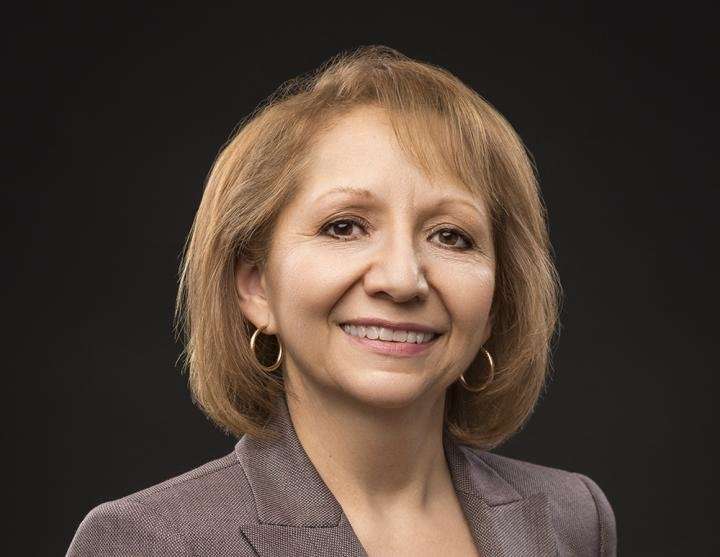Narrowing sexual health equity gap for Puerto Rican adolescents

Persistent and significant health disparities related to sexual health, including a higher teen birth rate and HIV prevalence, exist among Puerto Rican adolescents compared to other racial and ethnic adolescents. The Internet is a major platform for the dissemination of health information and has the potential to decrease health disparities and provide quality, culturally sensitive health information to disadvantaged populations. Yet, little is known about the barriers that exist related to how Latinos use web-based health information.
In an upcoming article in the journal Nursing Research, a study from the University of Pennsylvania School of Nursing (Penn Nursing), reports results of a web-based intervention, Cuídalos, in Puerto Rico designed to increase sexual risk communication between parents and adolescents.
"Culturally and linguistically appropriate websites, programs and materials that consider and test how Latinos access, use and engage with resources have the potential to positively influence health outcomes," said lead-author Antonia Villarruel, Ph.D., RN, FAAN, Professor and the Margaret Bond Simon Dean of Nursing at Penn Nursing. "We wanted to learn about how parents would use web-based health information if given unrestricted access to that information through the Cuídalos program."
The study, Use of Web-Based Parent-Adolescent Health Promotion Program among Puerto Ricans, showed that parents with a high school education or less were more likely to access the online program than parents with a college education.
"This is an important finding in the context of Puerto Rico, where sexual education in public schools is limited and many parents and schools express traditional views of sexuality and social mores," said Villarruel. "Parents with lower education levels could have less information and skills to provide sexual health information to their children but be motivated to continue accessing Cuídalos as an important resource."
For the study, parents were recruited from community-based and school sites in the San Juan metropolitan area in Puerto Rico, and randomly assigned to a web-based, parent-adolescent sexual communication or a physical activity program. Parents were instructed to complete the two-session program within one week and had access to the program for a period of three months. Outcomes in this secondary analysis were the number of logins and self-reported access during the three-month period. Reasons for not accessing the program after the three-month period were assessed.
Despite self-reported computer and Internet access and the availability of both at study sites, parents did not frequently access the Cuídalos website, indicating that sociodemographic factors and computer and internet access could not predict use of the program.
"Further research is needed to identify how to facilitate greater access and actual use of digital health resources by Latinos," said co-author Nelson Varas-Díaz, Ph.D., Professor in the Department of Global and Sociocultural Studies in the Steven J. Green School of International & Public Affairs at Florida International University. "This is an important effort in order to prevent a widening health equity gap."
More information: Antonia M. Villarruel et al, Use of Web-Based Parent–Adolescent Health Promotion Program among Puerto Ricans, Nursing Research (2018). DOI: 10.1097/NNR.0000000000000306















